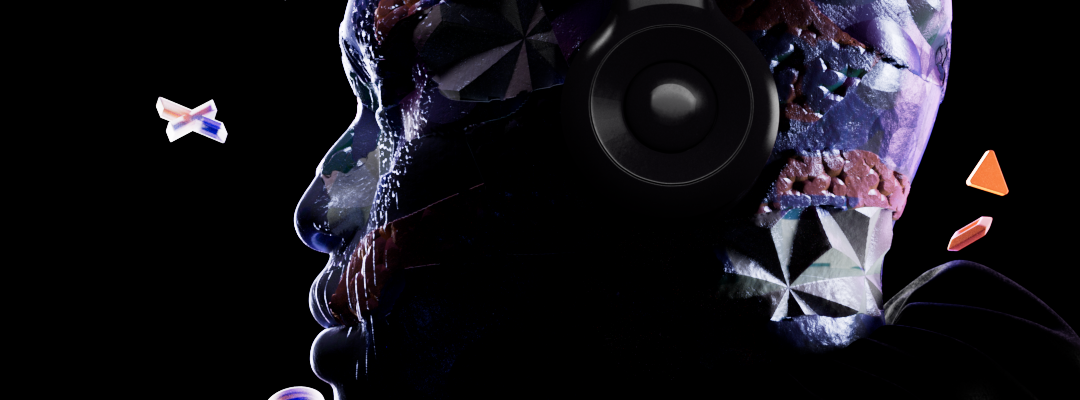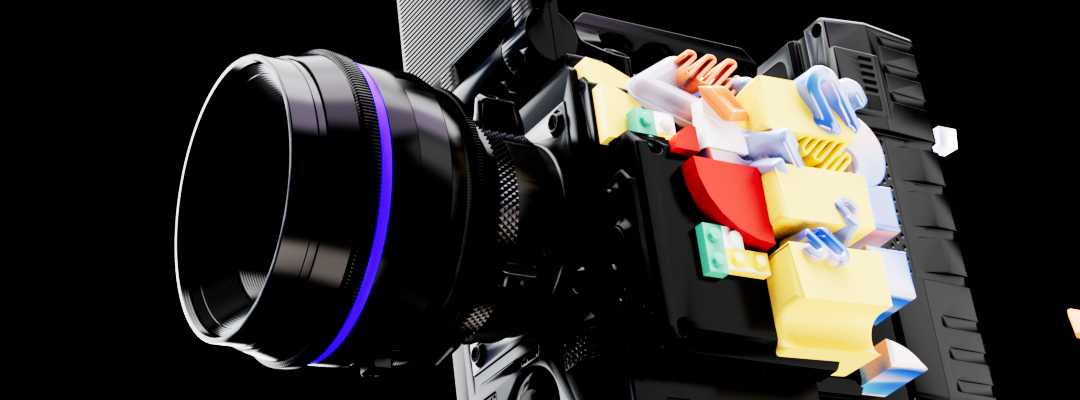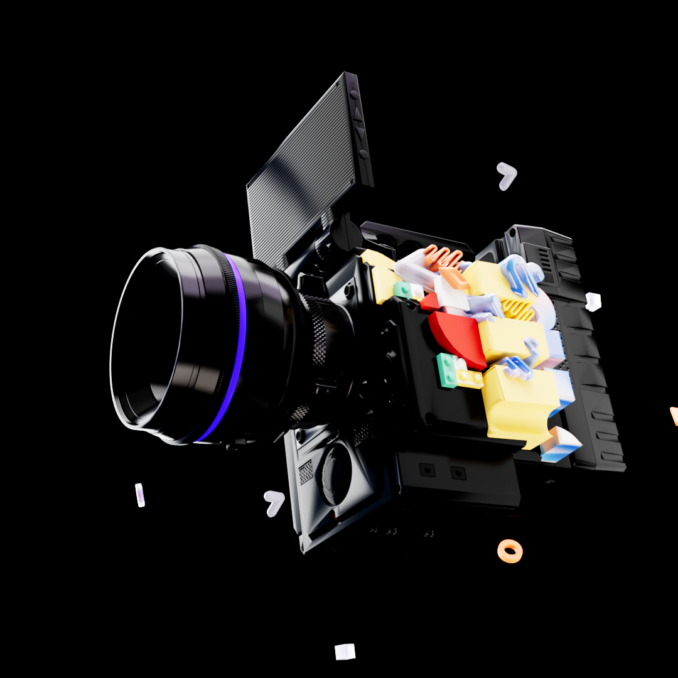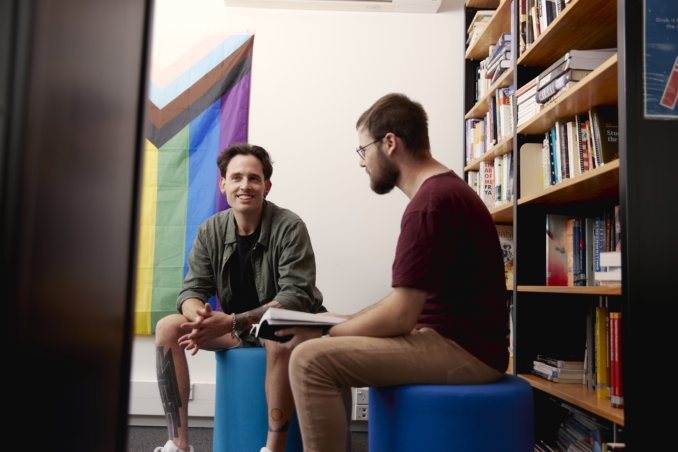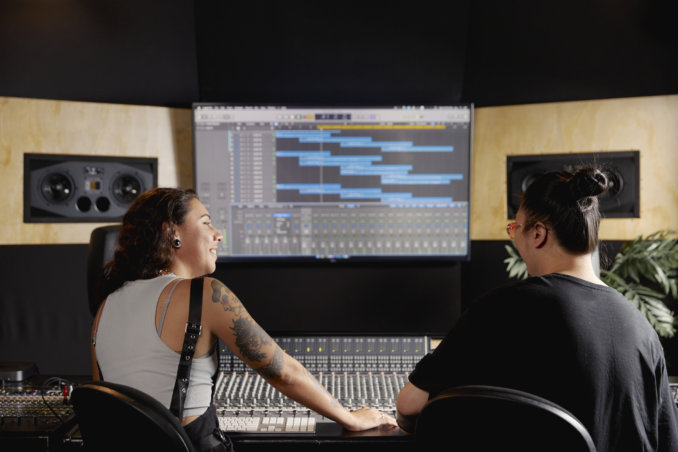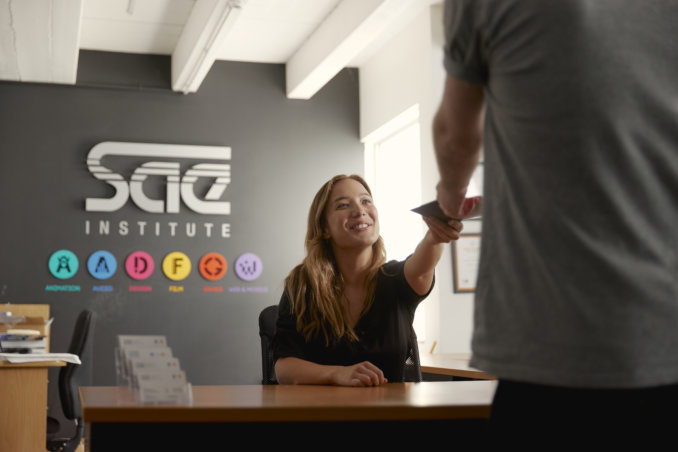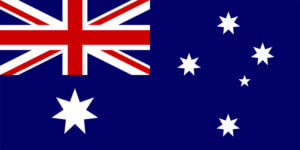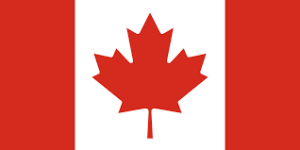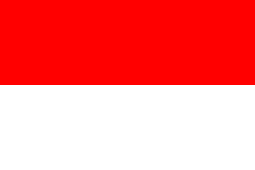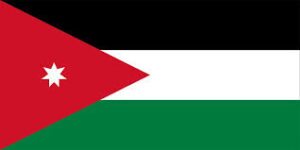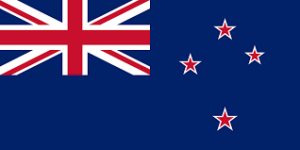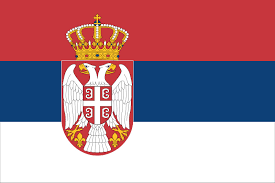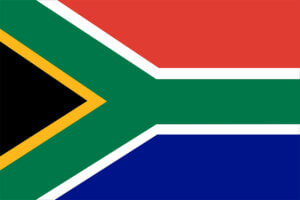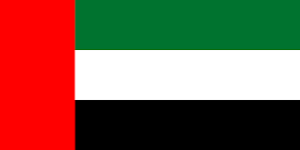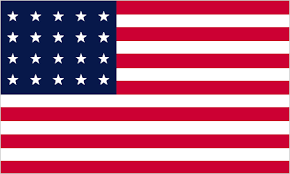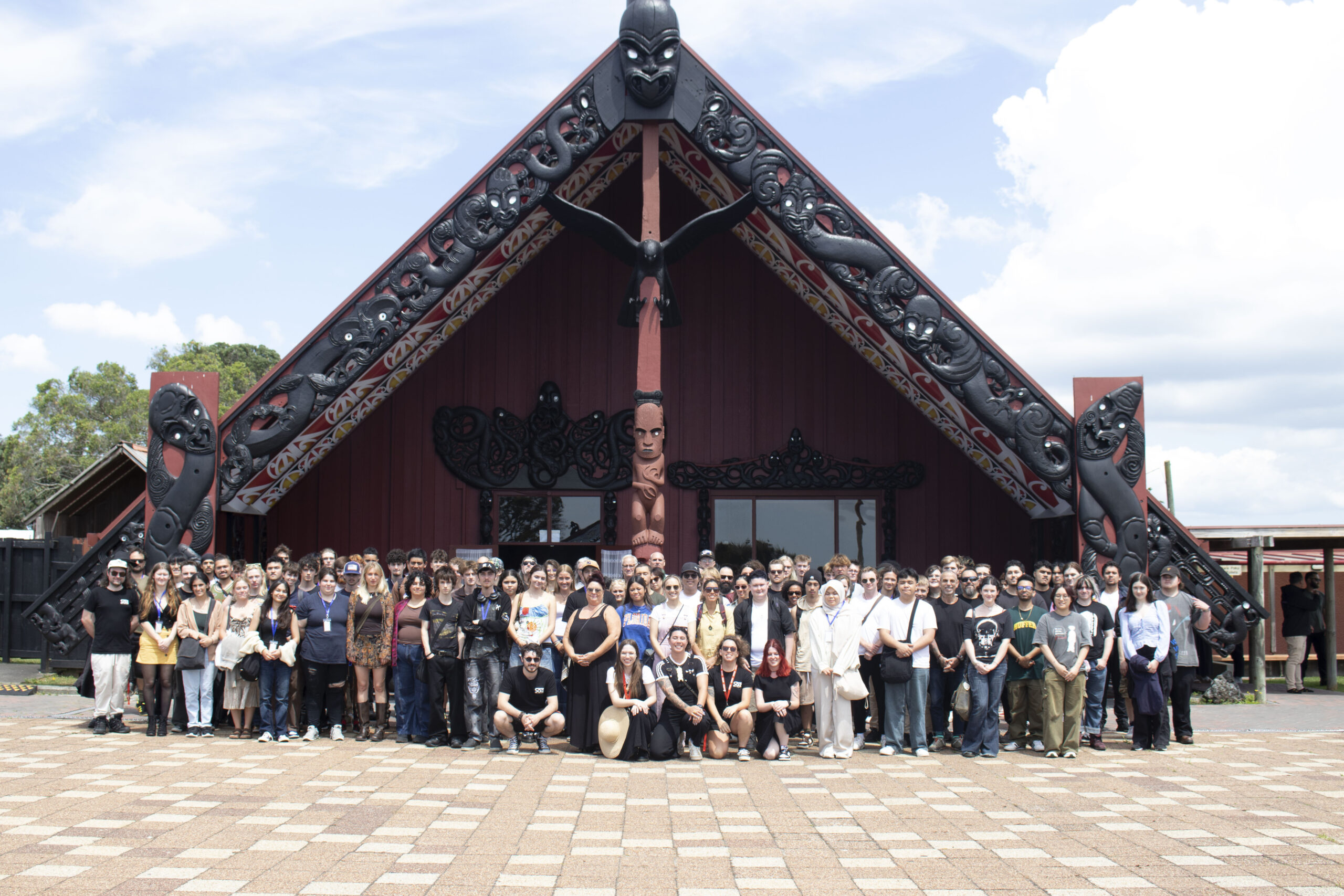
Te Tātai | Māori Strategy
Auaha Ake Ake SAE Auckland
SAE Auckland seeks to positively transform lives. We aspire to be a place where Māori are welcomed, nurtured and celebrated, where Māori students and staff enjoy significant tertiary education success, where there is an authentic and meaningful relationships with Māori including Ngāti Whātua Ōrākei, and where the cultural health of the organisation is strong.
The following high level strategy documents our intent and aspirations, culminating in the institutional goals we aim to achieve over the next five years.
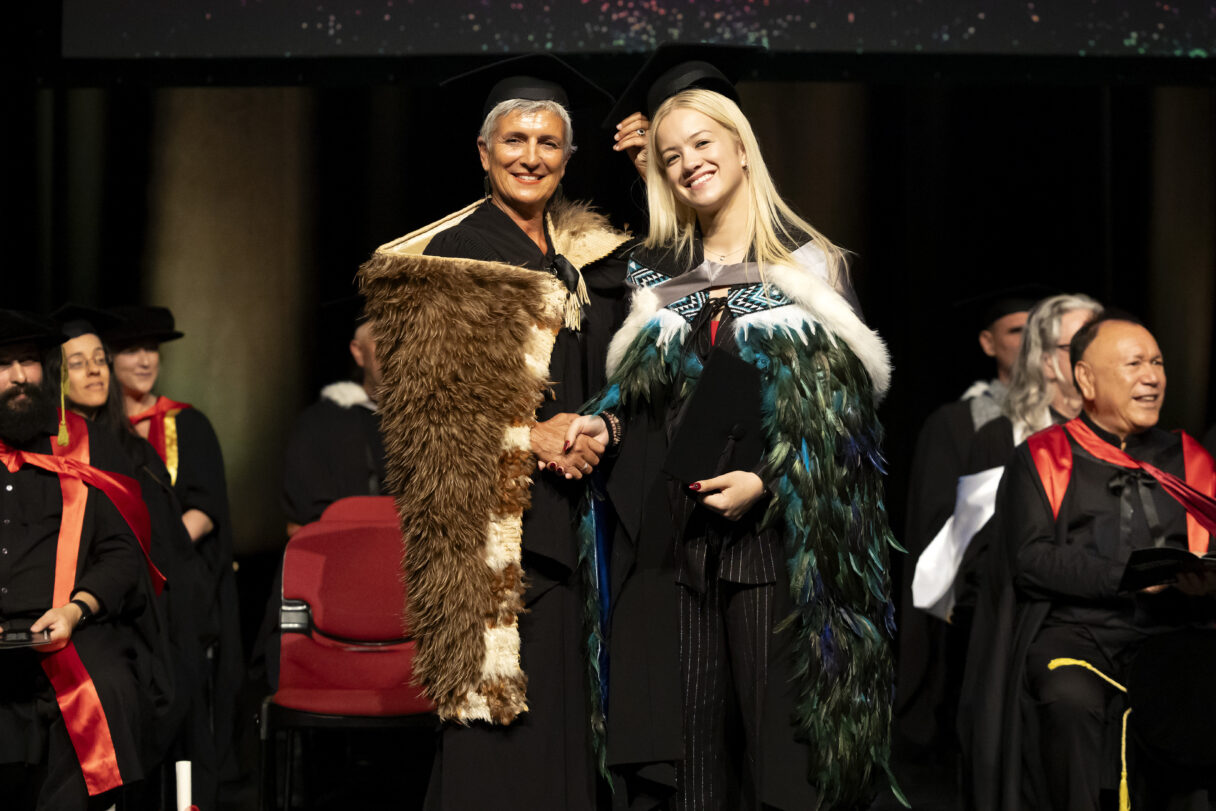
Te Tiriti o Waitangi
Te Tiriti o Waitangi is the founding document of Aotearoa New Zealand that gives effect to the partnership between the Crown and Māori. SAE is committed to upholding this partnership through a bi-cultural approach. SAE maintains a strategic objective for partnerships where SAE and Māori will work together to co-design and co-create plans to realise shared aspirations.
SAE will be a learning place where Te Reo Māori can be nurtured to flourish. Mātauranga Māori will be recognised as an important element in the development of curricula and used creatively in digital and emerging technologies. An understanding of Te Tiriti o Waitangi and constitutional arrangements will be actively encouraged within staff and students where the principles of Te Tiriti i.e Partnership, Participation and Protection are valued, nurtured and used by all.
Partnership
- This involves working with the Māori communities to develop strategies for Māori education. It encourages and requires Māori involvement in all levels of the education sector.
Participation
- This encourages positive Māori involvement in all levels of education through educational initiatives like education in te reo Māori, consistent with the principles of the Treaty of Waitangi.
Protection
- This refers to activity protecting Māori knowledge, interests, values, and other tāonga. It places an emphasis on identity, language and culture as important expressions of what it means to be a culturally located learner
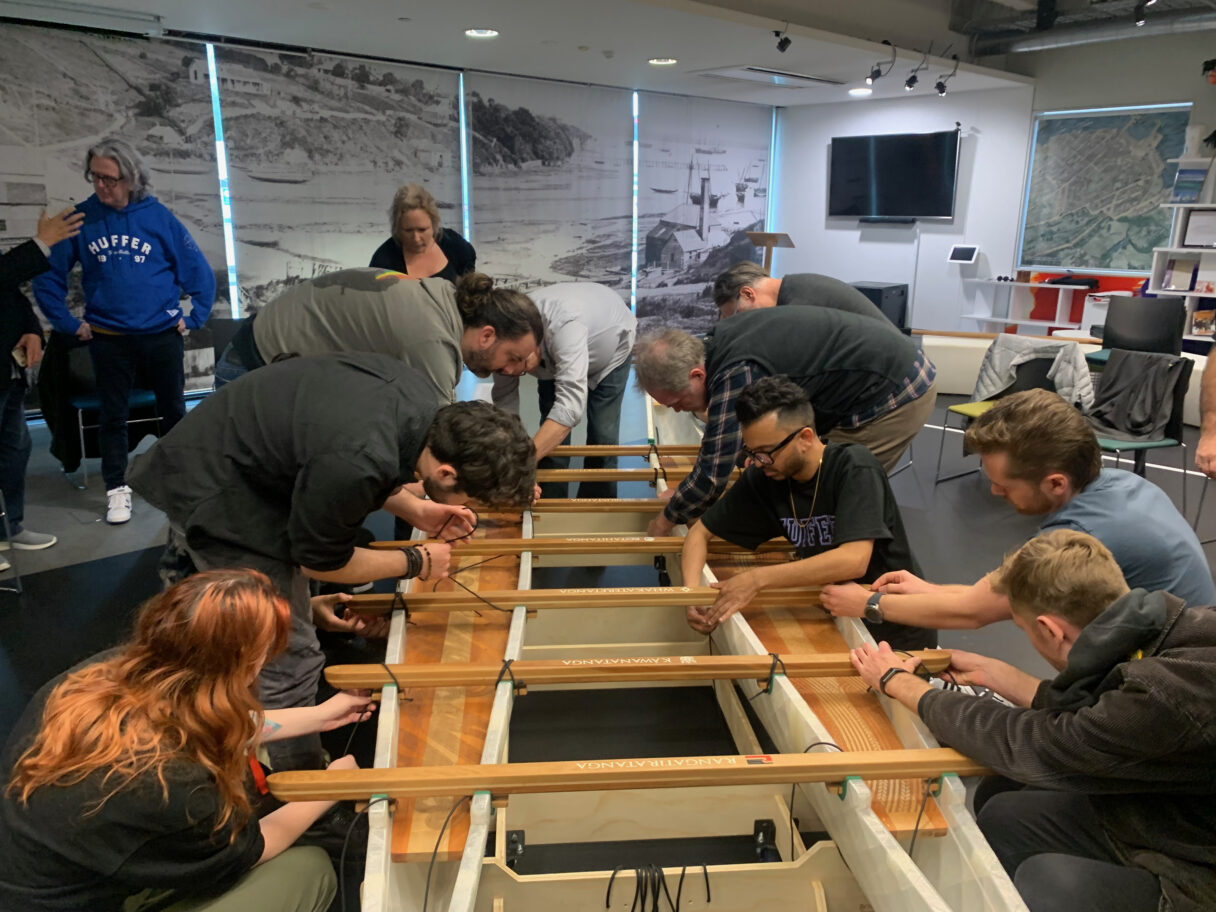
Te Reo Māori
Te Reo Māori is the indigenous language of Aotearoa New Zealand. In 1986 it became an official language of this country. Where once it was the predominant language throughout the country, a 1970s socio-linguistic research conducted by Richard Benton identified that the language was teetering on the verge of extinction. His team found only a few pockets around the country remained where the Reo was still spoken and the number of fluent speakers were dramatically diminished. SAE recognises the precarious position of the Māori language confirmed by recent data.
Te Reo Māori remains listed as vulnerable in the UNESCO Atlas of Languages (Te Puni Kōkiri, 2019). The percentage of Māori who describe themselves as ‘very proficient speakers’ has remained static at about 11% and the percentage of Māori who can hold an everyday conversation in Te Reo Māori is declining. Only 3.5% of New Zealanders can hold an everyday conversation in Te Reo Māori, a decline from 4.3% in 2001 (Te Puni Kōkiri, 2019).
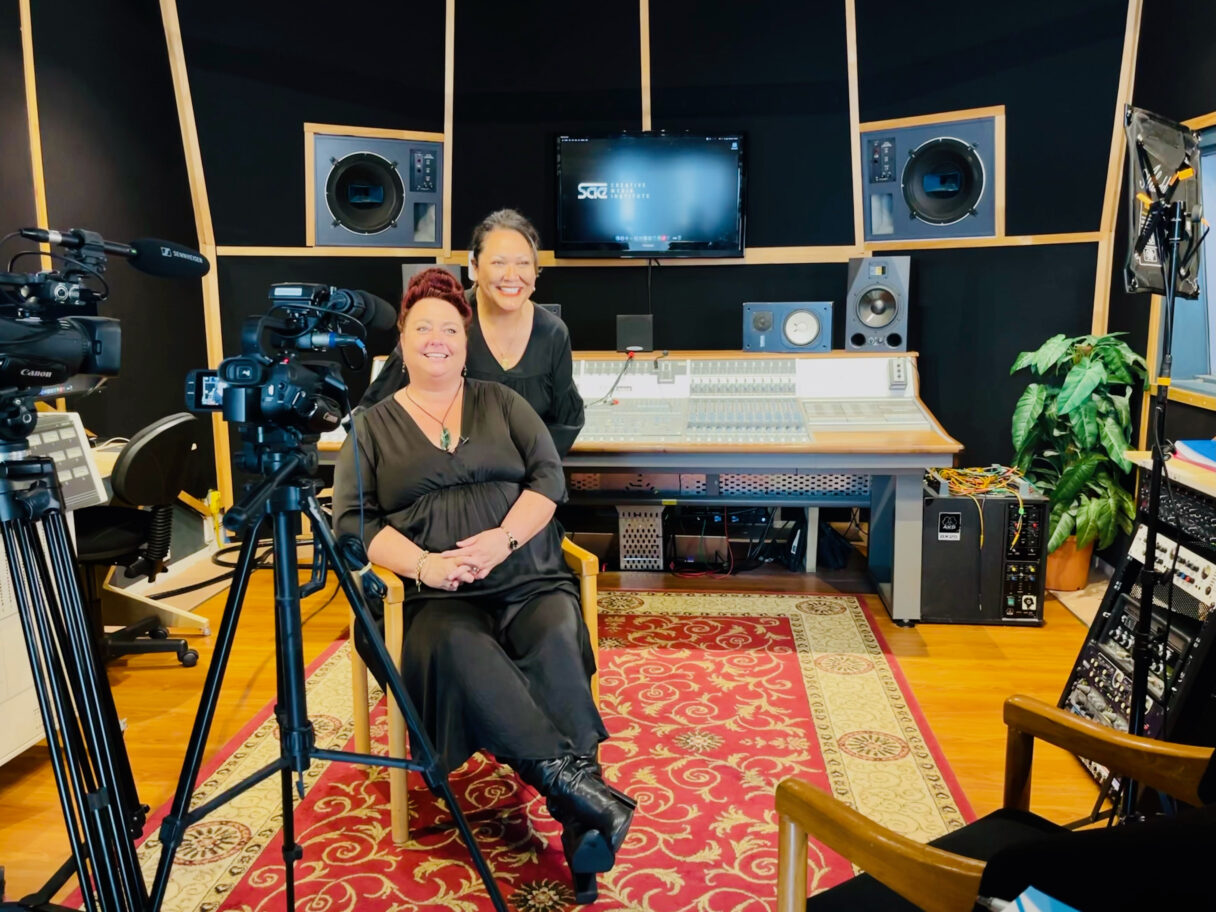
We advance this language plan for the revitalisation of Te Reo Māori to ensure at SAE we:
• understand the precarious position of Te Reo Māori
• enhance the status of Te Reo Māori
• promote the revitalisation and learning of Te Reo Māori
• ensure the quality of Te Reo Māori used
• encourage the increased use and normalisation of Te Reo Māori at SAE.
It is essential to SAE, and to the country, that we grow and attract a core of excellent staff, provide Te Reo Māori courses and courses that attract Māori students and recognise their aspirations to participate fully within the courses we offer. Our students will complete their studies and contribute to Māori intellectual, cultural and professional advancement. Honouring to Te Tiriti partnerships means paying attention to the revitalisation of Te Reo Māori which means co-creating
transdisciplinary collaborations with hapū, iwi, kura and whare wānanga.
The Crown and iwi Māori partnership for the revitalisation of Te Reo Māori is legislated under Te Ture mō Te Reo Māori 2016, the Māori Language Act 2016. The Act “acknowledges the detrimental effects of the Crown’s past policies and practices that have, over the generations, failed actively to protect and promote the Māori language and encourage its use by iwi and Māori” and “expresses its commitment to work in partnership with iwi and Māori to continue actively to protect and promote this taonga, the Māori language, for future generations.” (Te Ture mō Te Reo Māori 2016 S6). The 2016 Act established the statutory body Te Mātāwai. Te Mātāwai represents and leads revitalisation among Māori, iwi and communities. It issued a strategy called Te Maihi Māori which complementsthe Crown strategy Te Maihi Karauna.
The shared vision of Maihi Māori and Maihi Karauna “Kia Mauri Ora te Reo” reflects that the Māori language is a living functional language. These policy documents argue that the state of “Mauri Ora” will be reached when whānau are acquiring Te Reo Māori as their first language through intergenerational transmission.
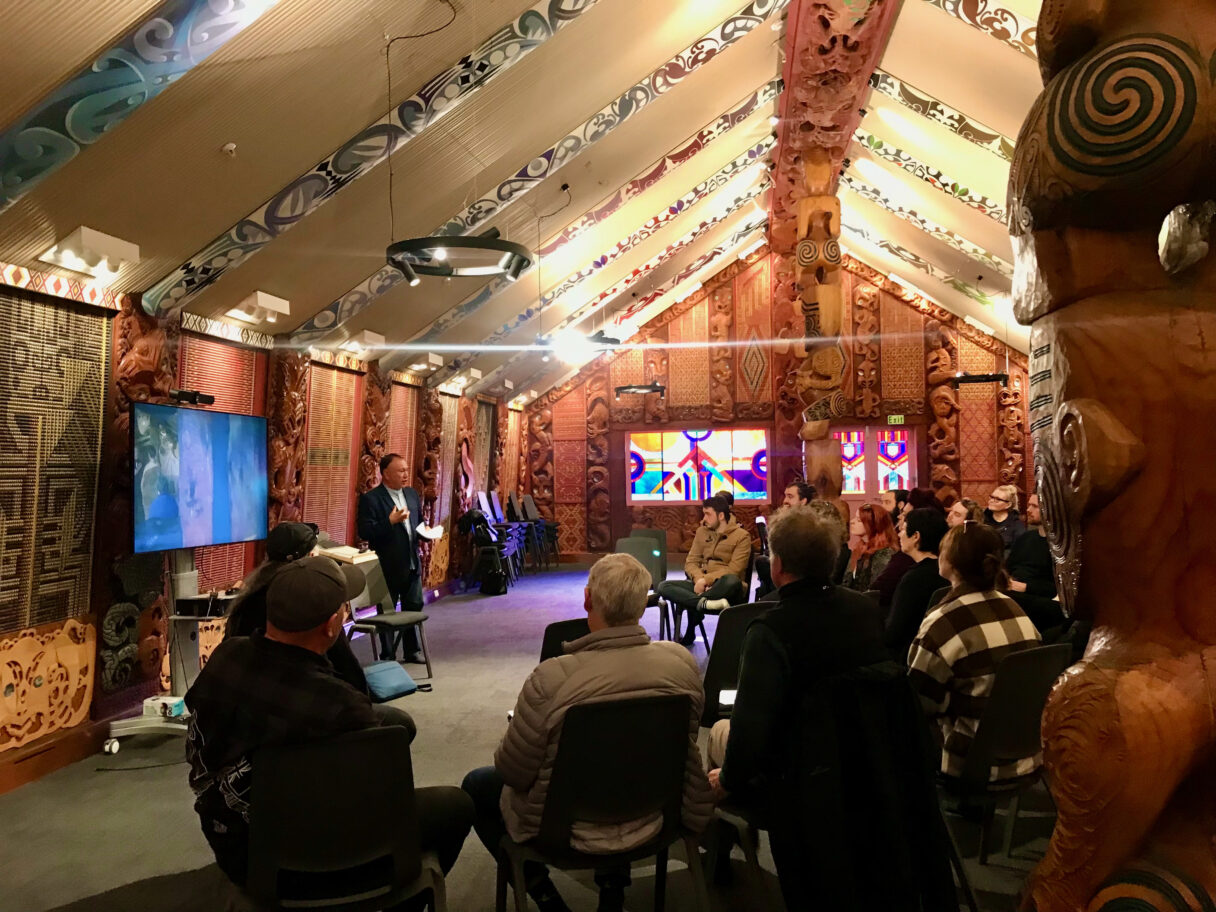
The Maihi Karauna sets three aspirational goals:
• By 2040 85% of New Zealanders (or more) will value Te Reo Māori as a key element of national identity
• By 2040 one million New Zealanders (or more) will have the ability and confidence to talk about at least basic things in Te Reo Māori
• By 2040, 150,000 Māori aged 15 and over will use Te Reo Māori as much as English.
In recognition of the place of Te Tiriti o Waitangi and the vision outlined in Kia Mauri Ora Te Reo for the revitalisation of Te Reo Māori, SAE has set the following aspirational goals:
1. By 2025, regular on-campus professional development classes for Te Reo Māori learning and waiata practice will be established
2. By 2025, all staff are able to confidently participate in mihi whakatau in order to welcome all guests and dignities to the SAE Auckland campus
3. By 2025, the SAE Auckland website will include a page outlining our commitment to Te Tiriti o Waitangi, Te Reo Māori and Mātauranga Māori
4. By 2026, a te reo Māori stream will be established with the Songwriting qualifications so that students are able to write lyrics in Te Reo Māori
5. By 2026, the SAE Auckland campus will be co-branded with its Māori name, Auaha Ake Ake
6. By 2026, the Navitas values are re-interpreted through Te Reo Māori
7. By 2027, all campus signage will be in English and Te Reo Māori
8. By 2027, all staff positions at SAE Auckland will receive a Māori position title
9. By 2028, at least 50% of SAE staff will hold qualifications in Te Reo and/or attended tikanga developmental courses and are able to demonstrate basic competencies in Te Reo
10. All programme reviews are considered through the lens of Mātauranga Māori
11. All significant programme or campus developments involve Ngāti Whātau Ōrākei in a co-creating capacity to ensure we are meeting the needs of local iwi
12. A Student Success Advisor portfolio exists that focuses on Māori learners to ensure culturally appropriate support and advocacy is being provided to SAE students
13. The Manu Tāiko role is maintained to ensure ongoing guidance and leadership of the institution
SAE Auckland is committed to ensuring that this vision is enacted in order to fulfil our role as a tertiary education provider that embraces, celebrates and advocates for Māori.
![SAE Logo White [Vert] (2)](https://www.sae.ac.nz/wp-content/uploads/sites/8/2022/04/SAE-Logo-White-Vert-2.png)

